|
0 Comments
Barbara Media Give your amazing Chance
Sent your email And we make your plan for your life life without stress Your need to sleep only 3 hours and you will have energy for 10-12 hard work Free Plan come on 10 x april Your can make and buy your exclusive plan DreamThinking Sometimes growth is more about the questions we ask ourselves rather than searching for answers. Answers can keep us locked and stuck. But questions, like a rudder on a boat, can guide us or send us off in the right direction.
Here are eighteen aspects of life you should care about, and the questions about them you need to ask yourself to spur personal growth. 1. How you wake up Many wake up with negativity and dread and carry that into their day. Then they have a shitty day and that energy rolls over into their next day. It becomes a pattern and their days just become greyed out as they turn invisible. And life just becomes going through the motions. You can break this pattern. What wakes you up in the morning? An internal alarm clock blasting the sounds of obligation and worry, or the excitement of everything you will work on that day? If it’s the first, what questions do you need to ask yourself to change your state before you start your day? Does the mere utterance of the two words "artist statement" have you slamming your computer shut and running far from your pens and pencils to a place where artist statements don't exist?
Afterall, you are an artist—not a writer—right? Wrong. Well, sort of wrong. Of course, the focus of your career is your artwork. But, you need to be able to communicate about your work with clarity, focus, and passion. If you can't take the time to explain yourself and your vision in simple terms, don't expect anyone else to take the time to understand it. You are the one person in the world that knows your work intimately. You—and you alone—have spent the most time thinking about the themes and symbols in your artwork. Your artist statement should be a written description of your artwork that gives deeper insight into your work through your personal history, material choices and themes you address. It helps both viewers understand what is most important to you and galleries explain your work to potential buyers. Make the most out of your statement by avoiding these common downfalls. Avoid have just one version of your artist statement Your artist statement is a living document. It should reflect your most current body of work. As your work changes and develops, so will your artist statement. Since you will be using your statement as a basis for grant proposals, cover letters, and introductions, it's important to have multiple versions of this document. You should have three basic statements: a one-page statement, a one or two paragraph version, and a brief two sentence version. The one-page statement should be used to talk about your larger body of work that will be used for exhibitions, in your portfolio or in an application. A longer statement should address the themes and concepts not immediately apparent in your work itself. This can then be used as a reference for journalists, curators, critics and gallerists to promote and talk about your work. You can use two-paragraph statements (about a half page) to talk about a specific series of your work or more succinctly covers the most important information about your work. The short, one to two-sentence description will be the "elevator pitch" about your artwork. It will address the main idea behind your work, be easily inserted into your social media bios and cover letters, and capture that attention of anyone who hears it. This is the phrase that you will rely on to quickly explain your work to fresh eyes so that they can better understand it. Avoid using art jargon and overly intellectualizing your statement This isn't a time to prove your background and knowledge of art theory and history. We trust that you have the accolades and education to be where you are—you made that evident in your artist bio. Too much art jargon can isolate the viewer and push them away before they have even had a chance to see your work. Use your statement to make the mission of your artwork more clear, not more obscure. Assume that everyone who reads your artist statement isn't an artist. Use simple, clear, and short sentences to deliver your point. It is most impressive when you can carry across a complex idea in simple terms. Don't obfuscate your point with overly complex writing. Re-read your writing when you are done and highlight any potentially confusing sections. Then, try to explain what you really mean out loud. Write that down. If your statement is hard to read, no one will read it. |
AuthorBARBARA MEDIA ONE Archives
November 2018
Categories |

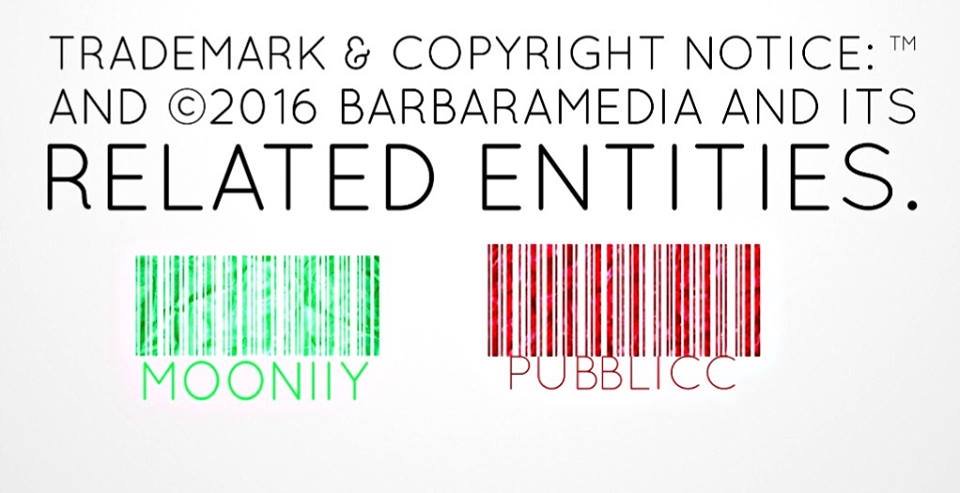
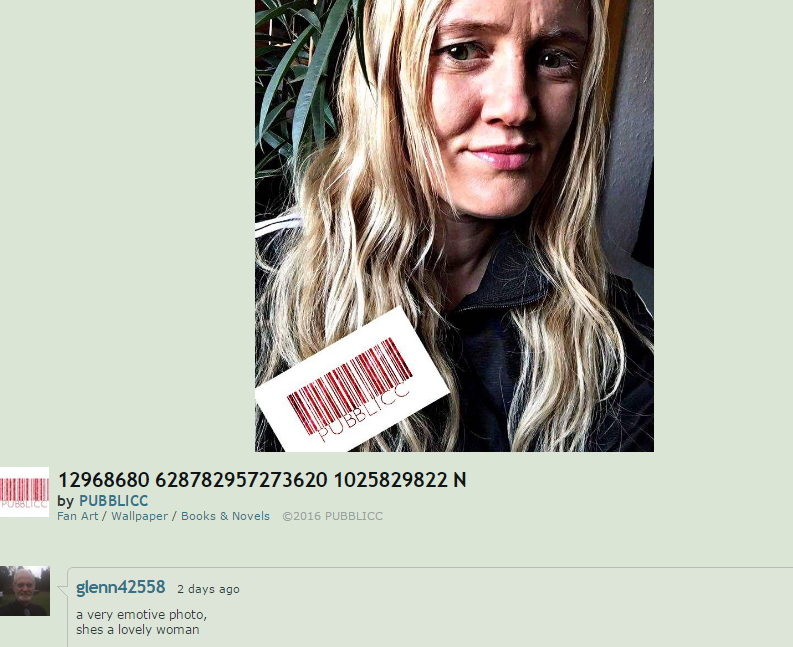
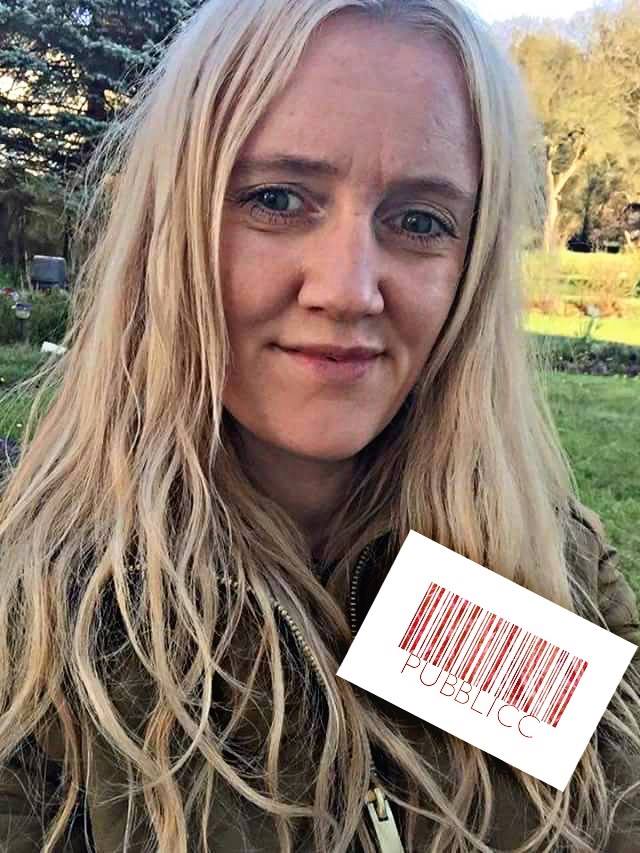

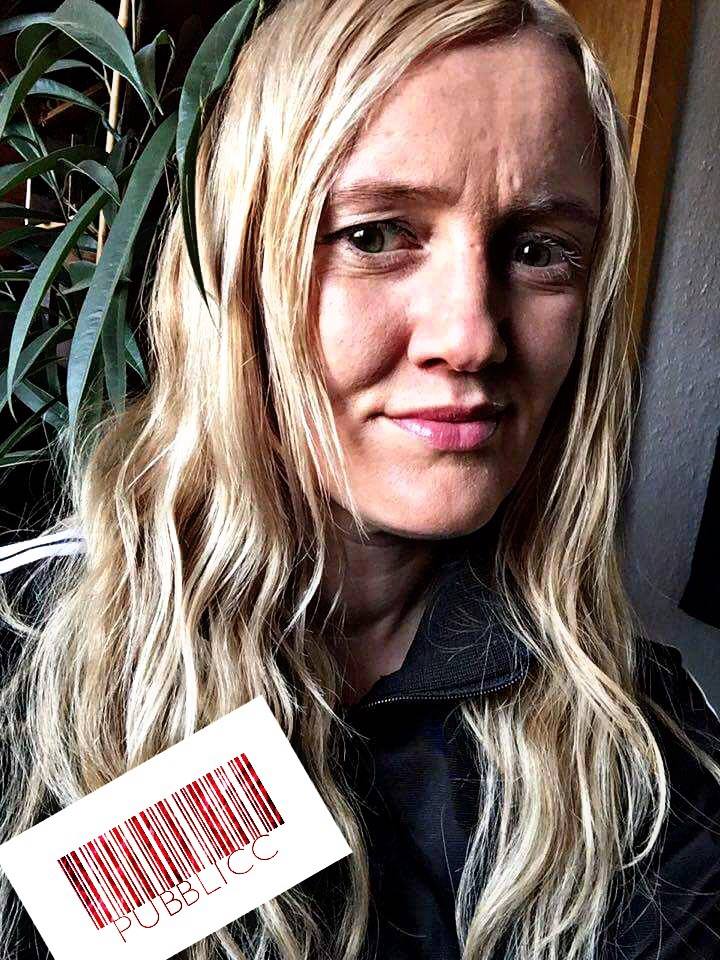

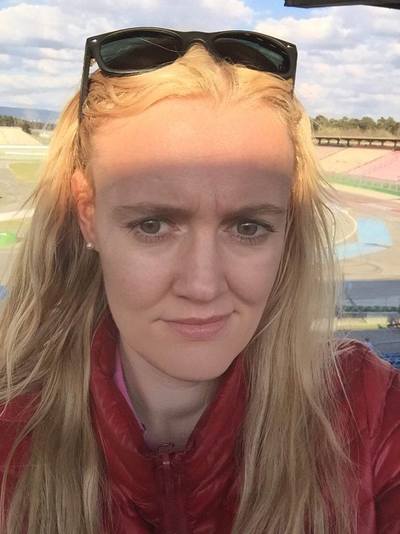
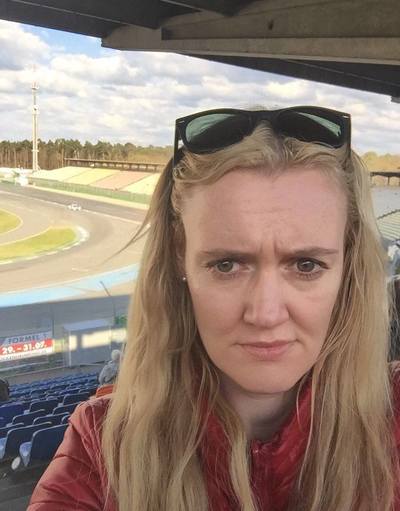
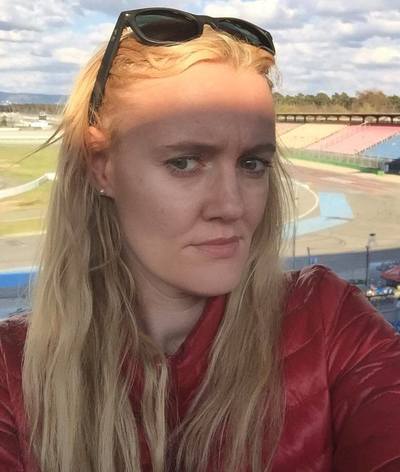
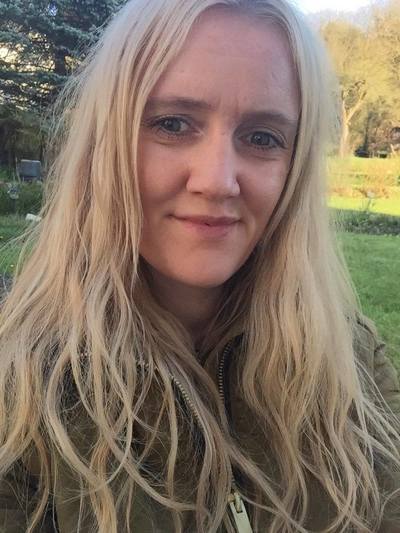
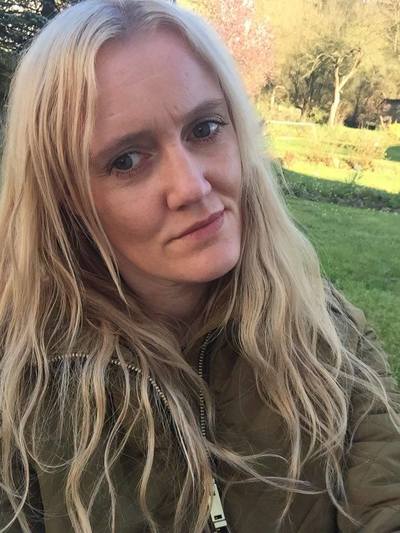
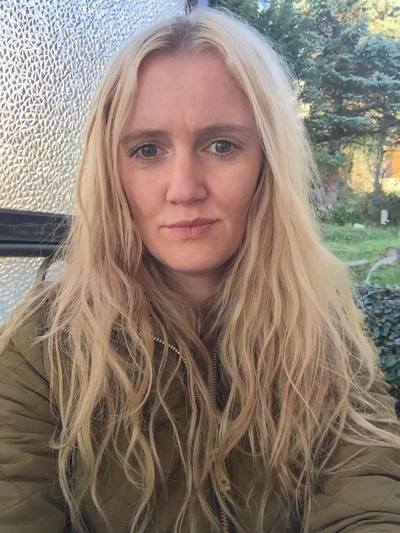
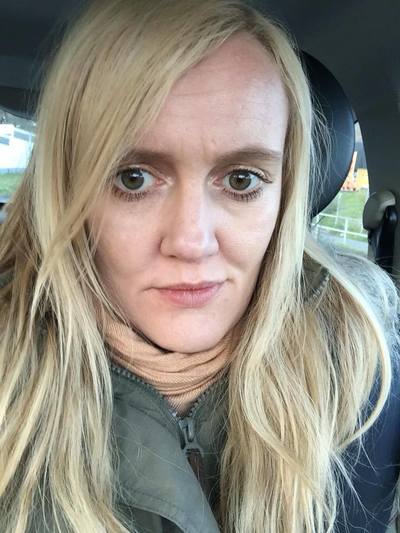

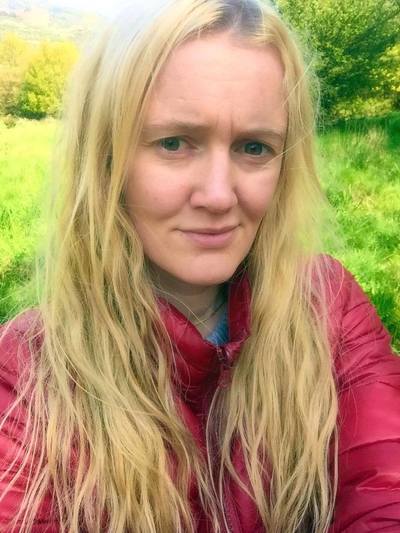

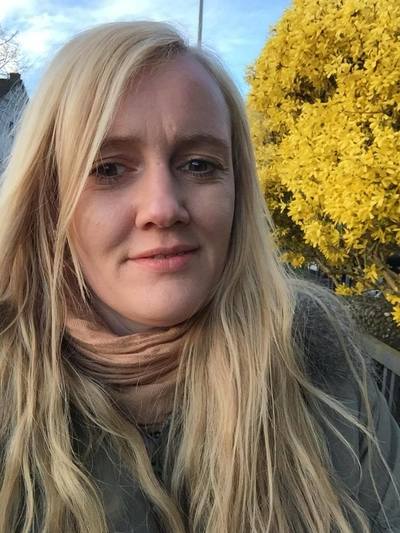



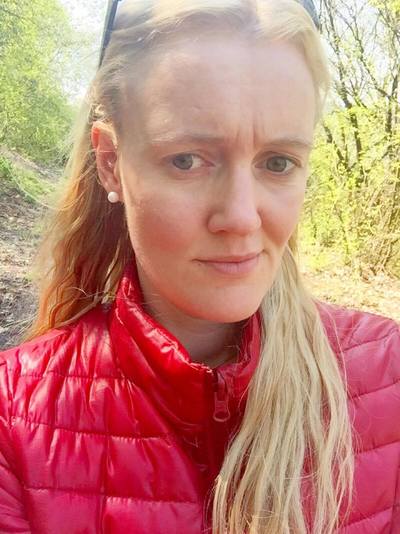
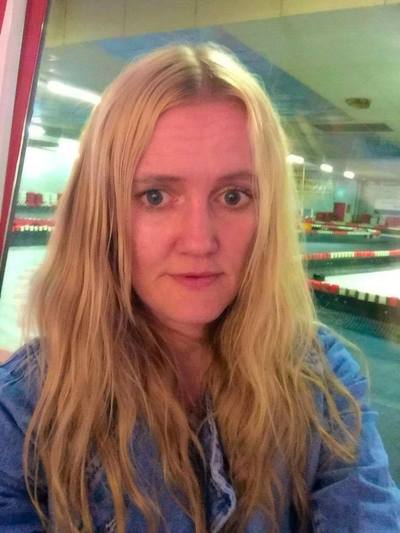
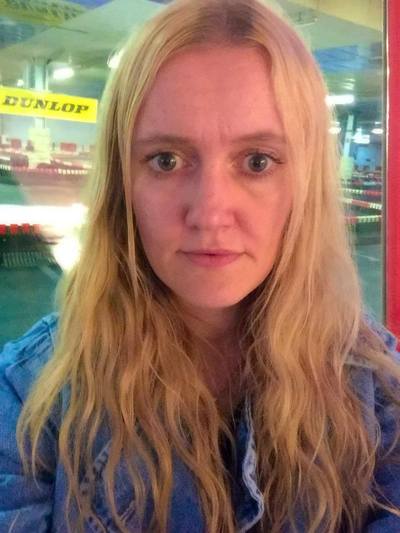
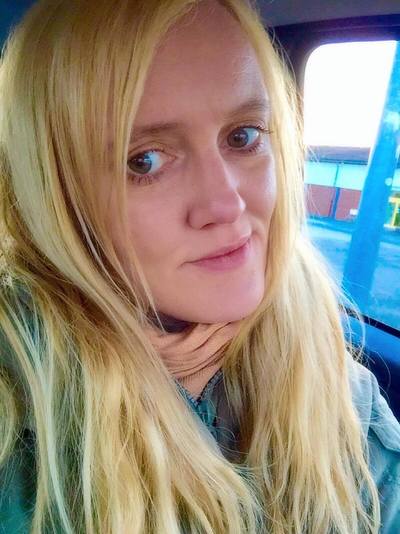
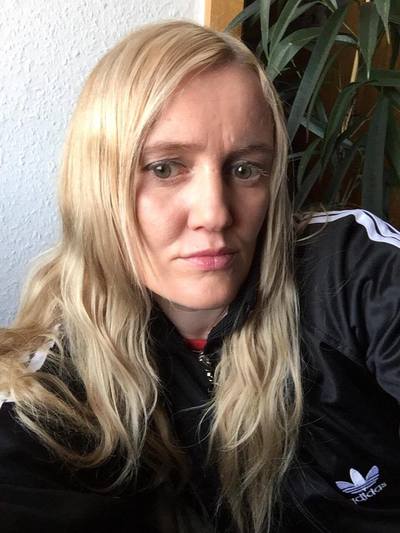

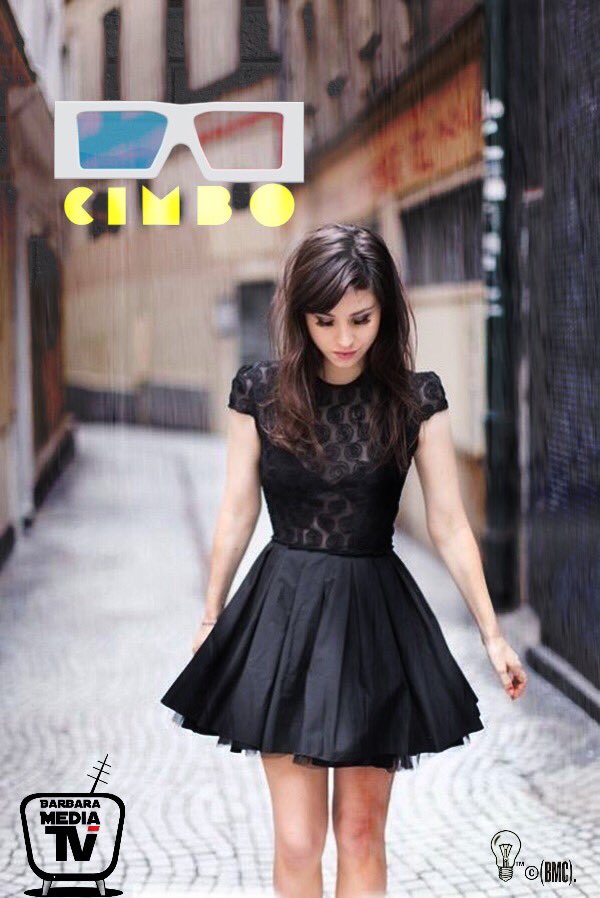
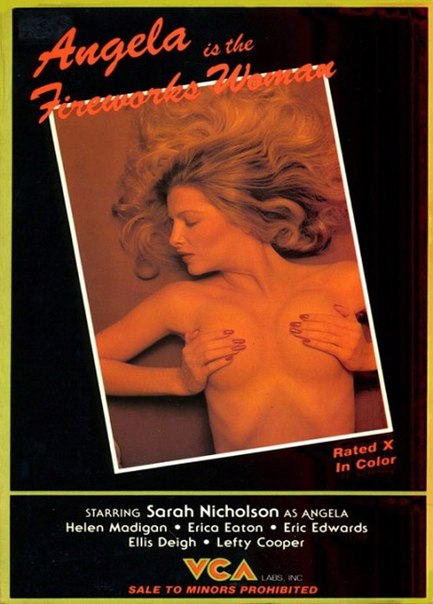
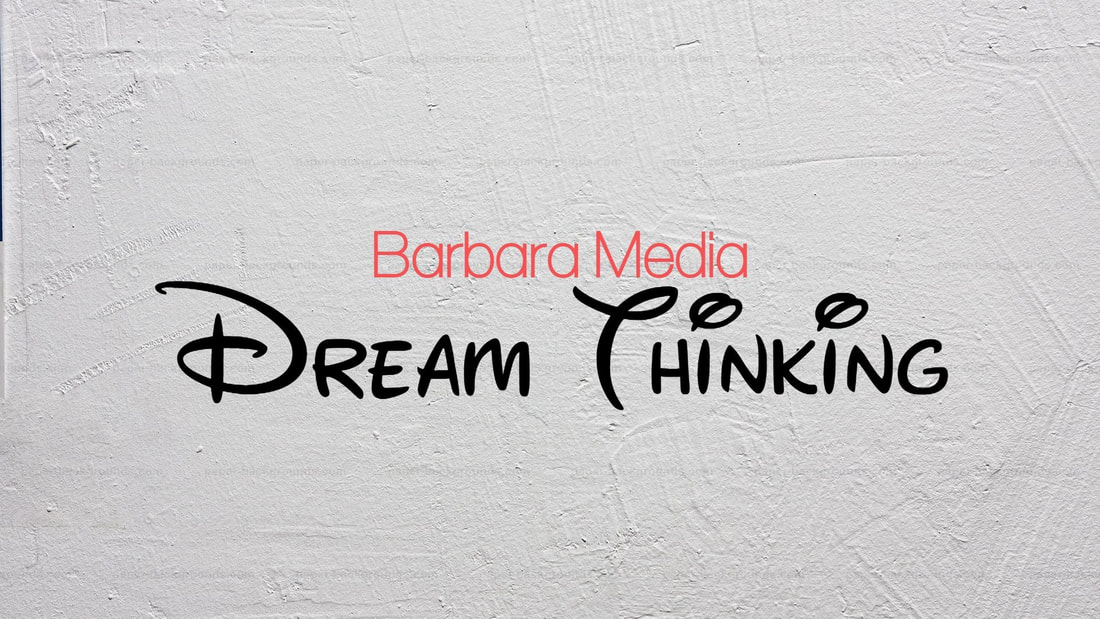
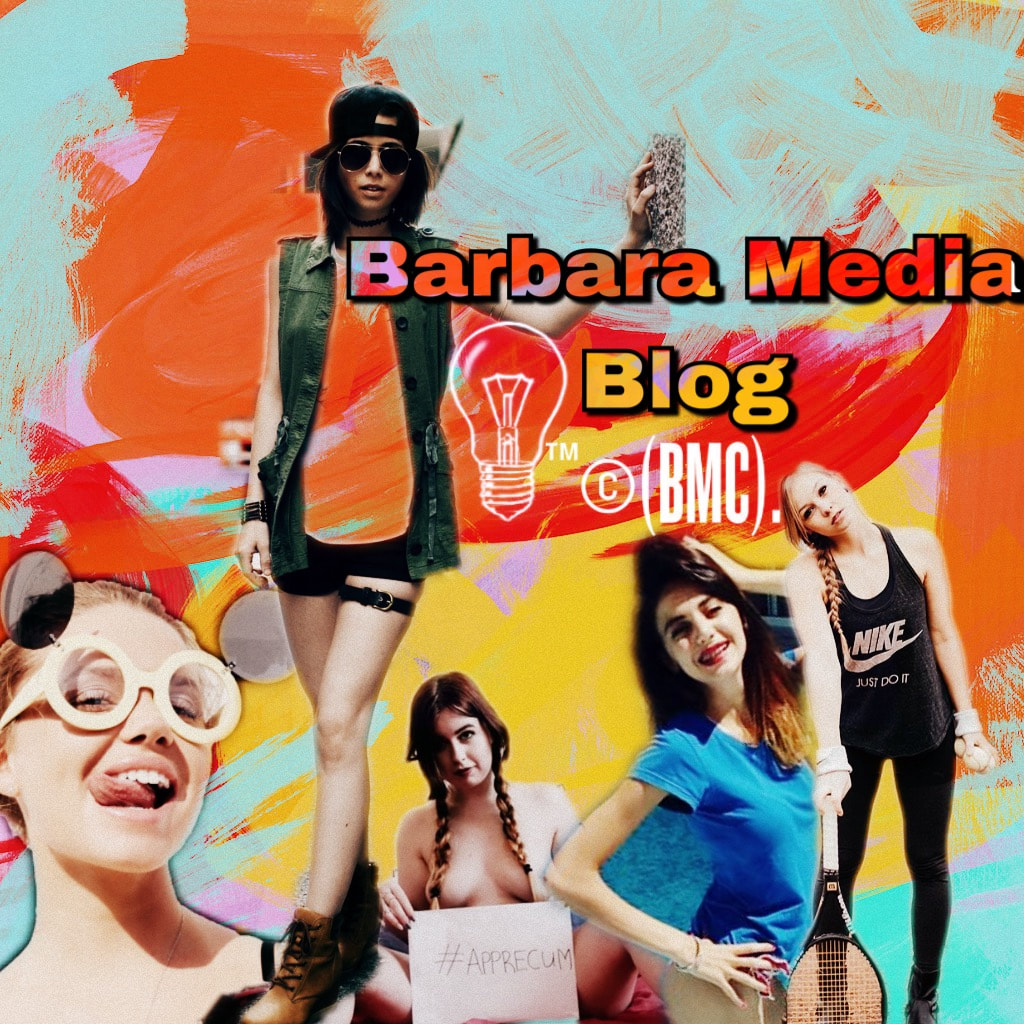

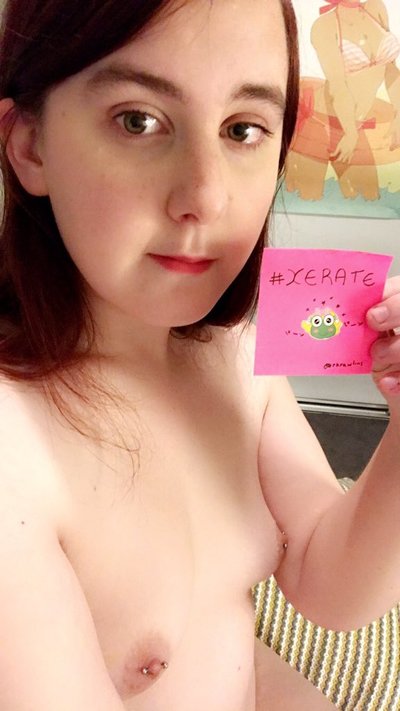


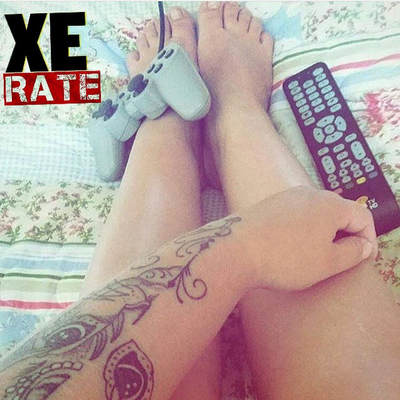
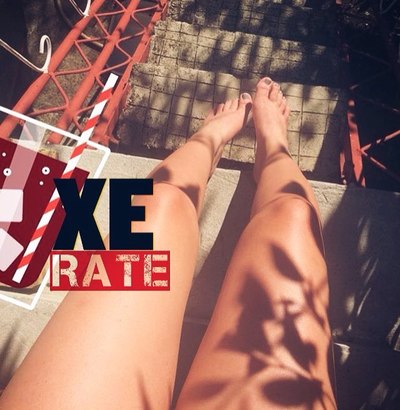






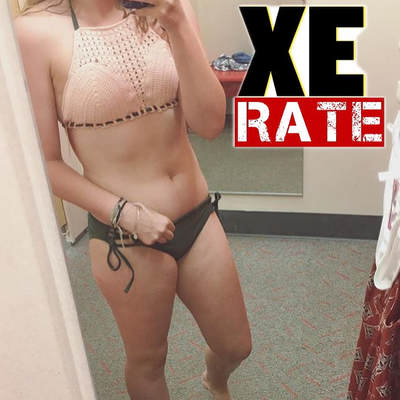
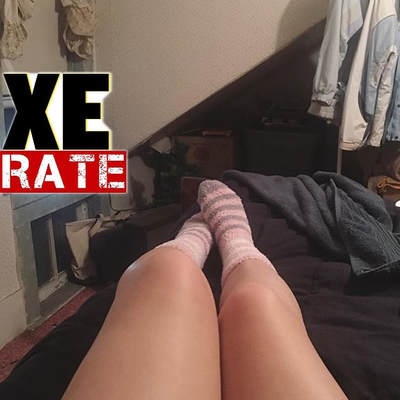

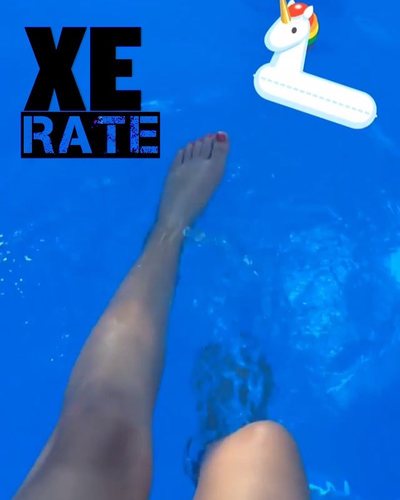
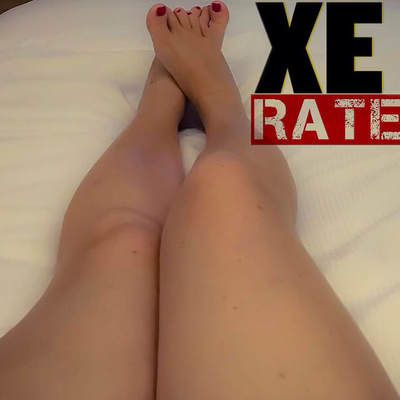
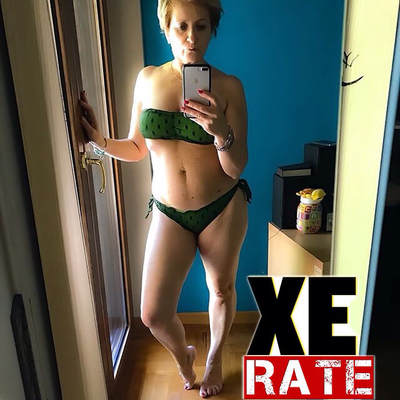

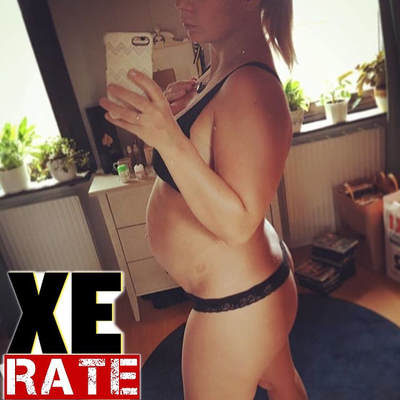

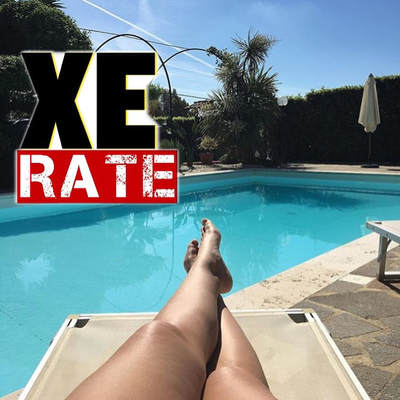


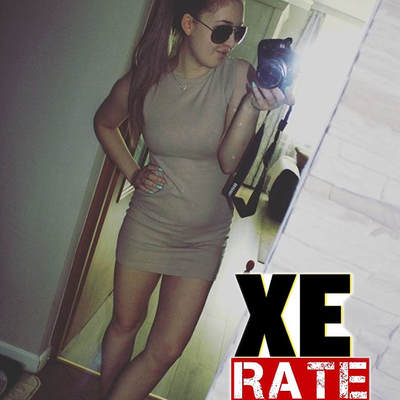
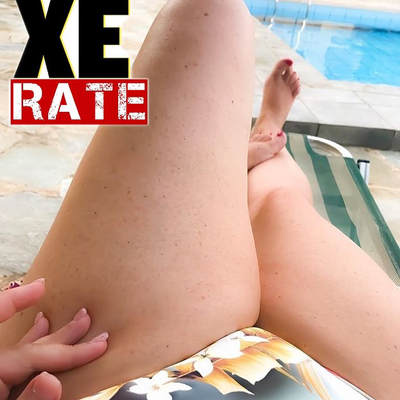


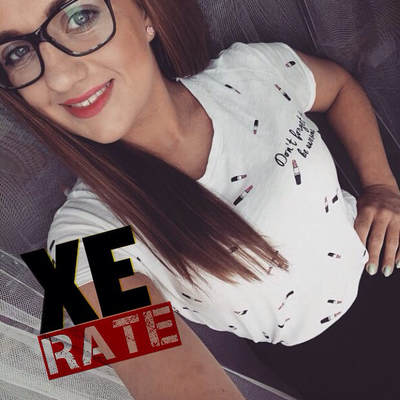

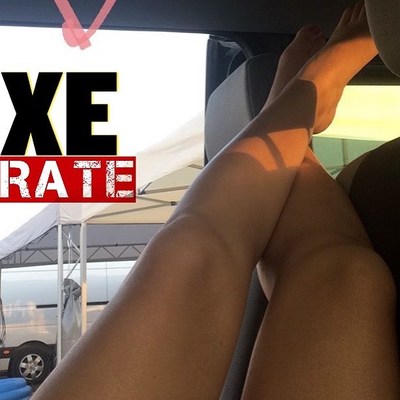
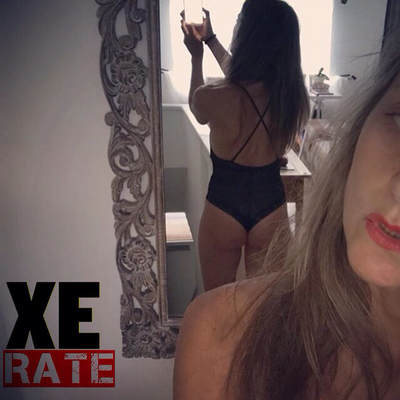
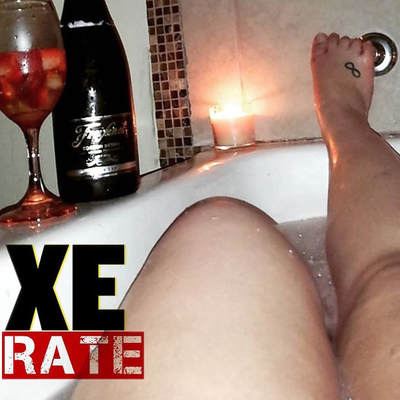



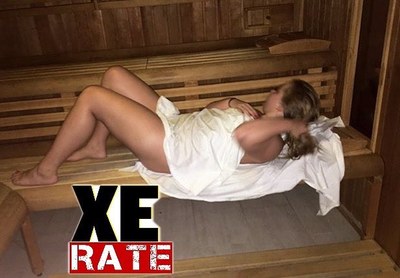

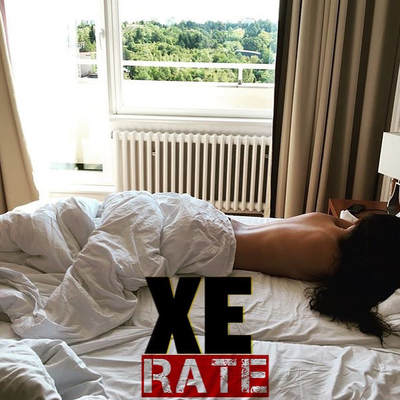
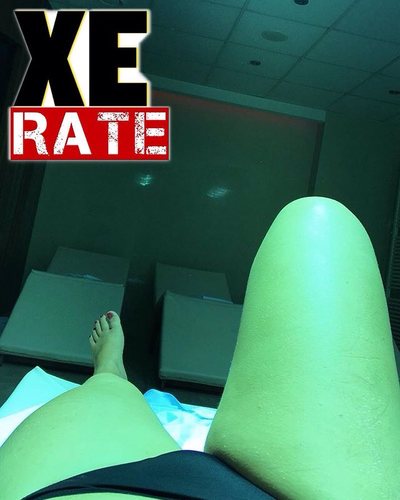
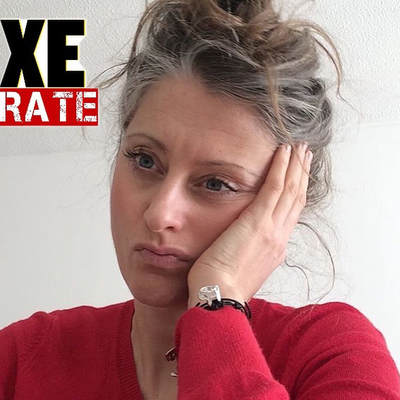

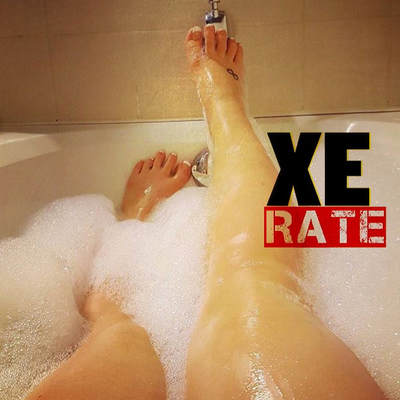



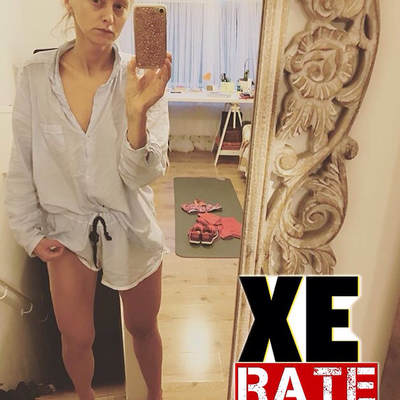



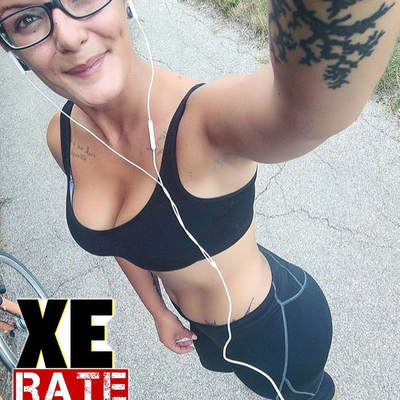


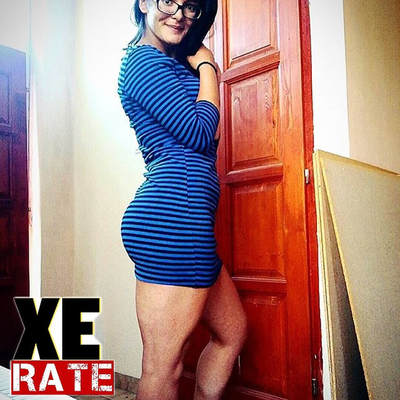




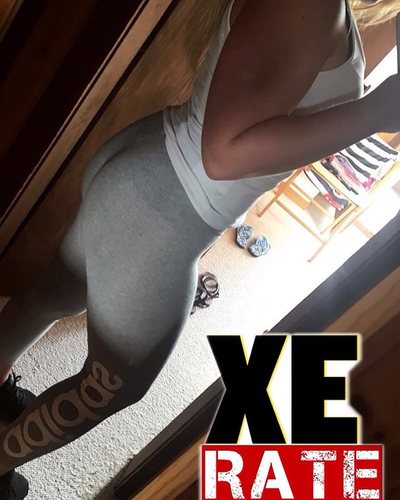
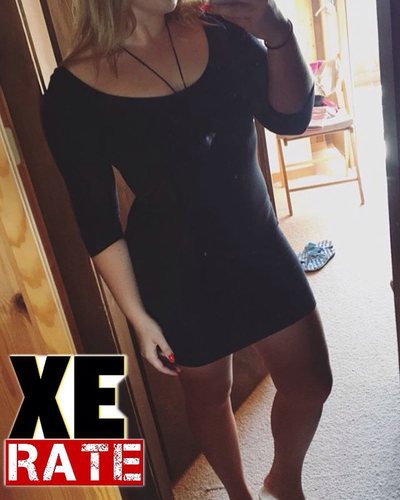


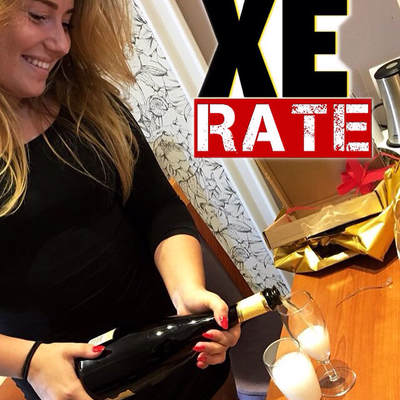

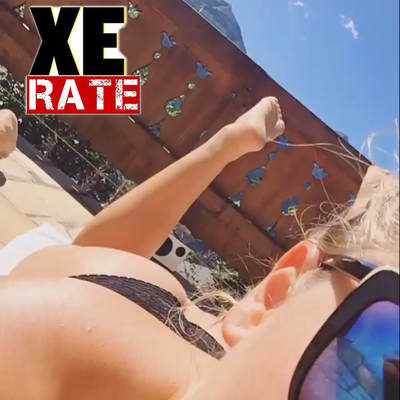
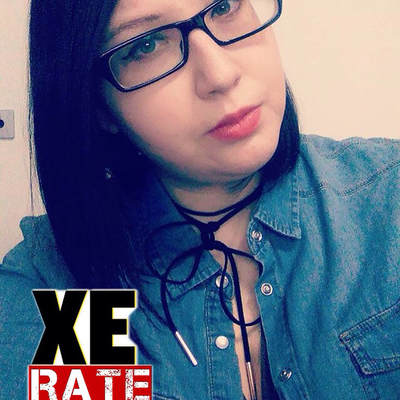
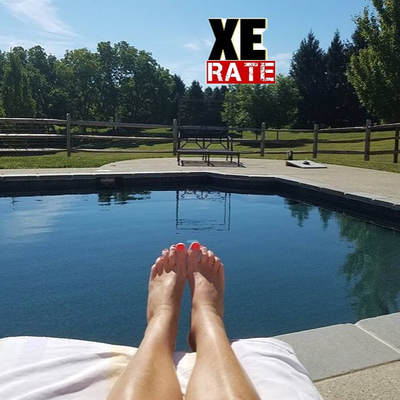
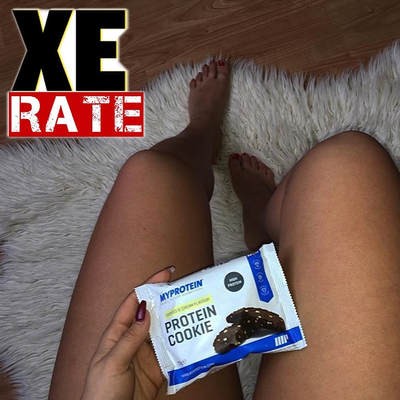
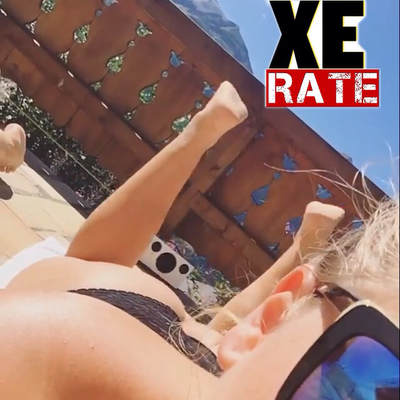

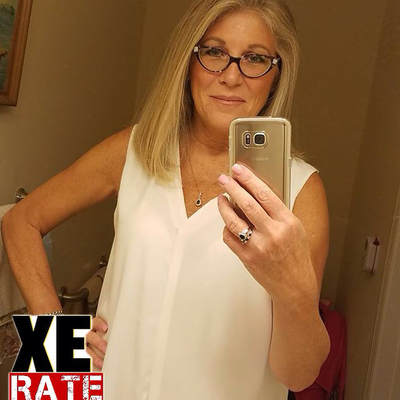

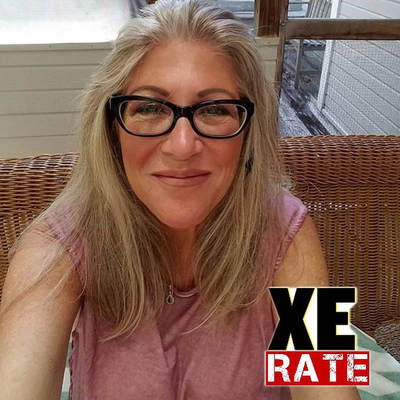
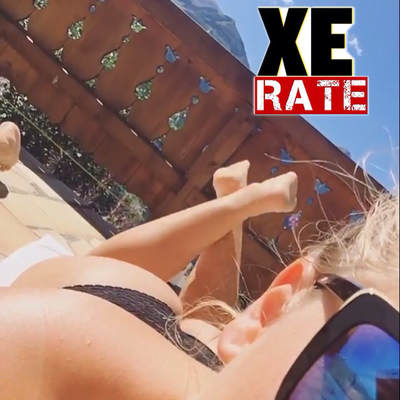
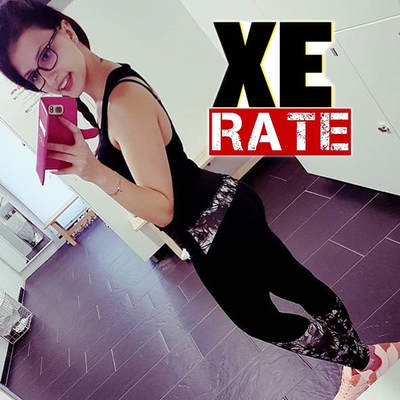
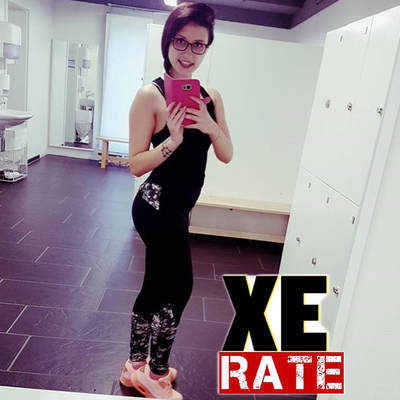

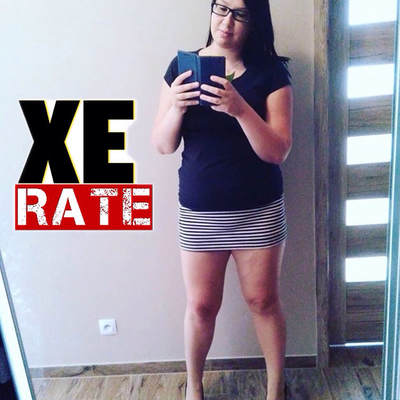



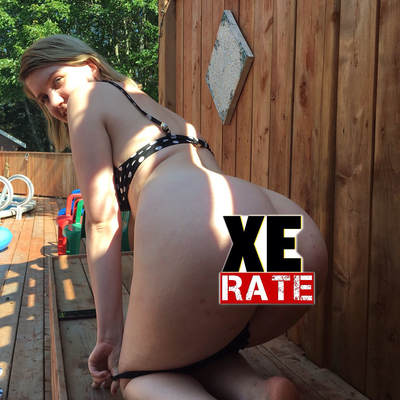








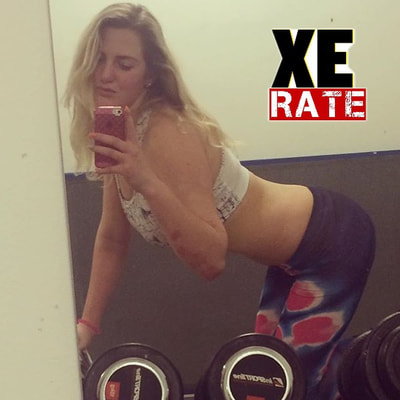



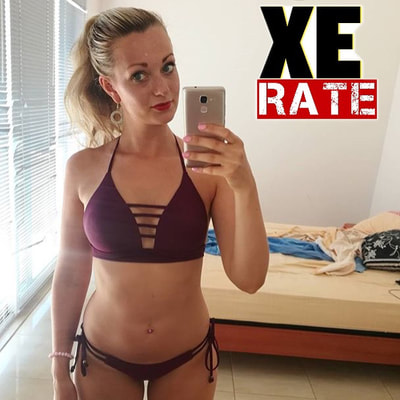



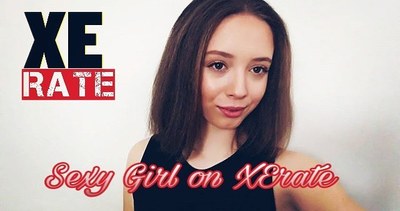

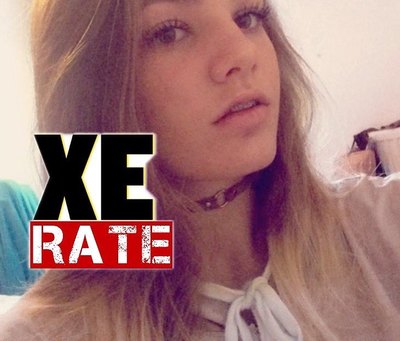
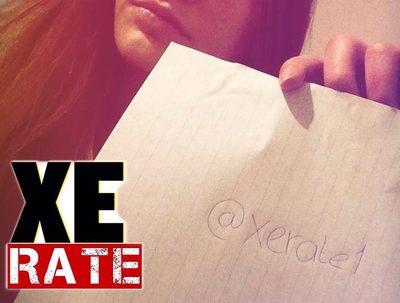

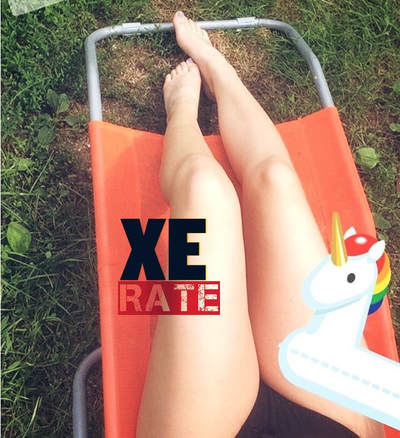
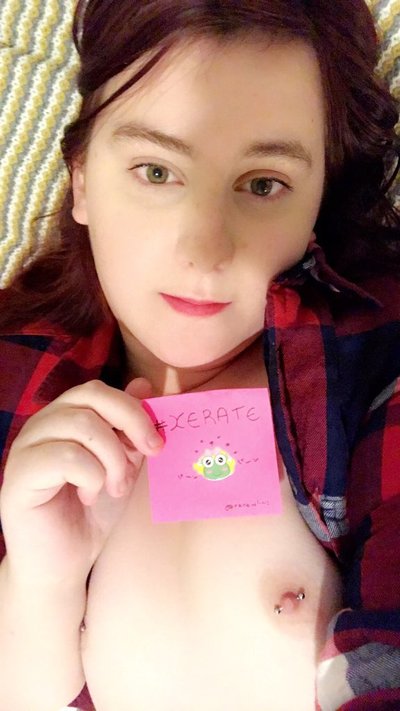

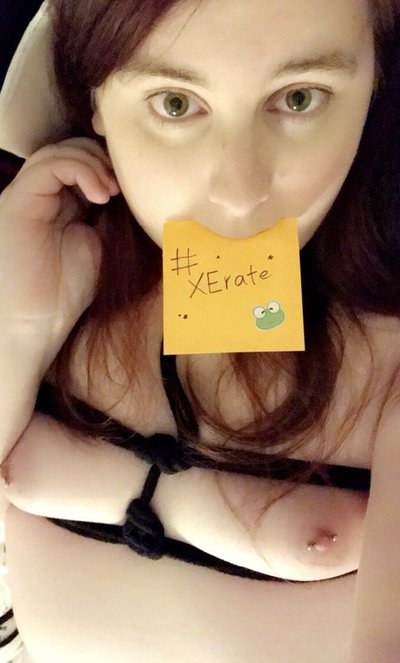
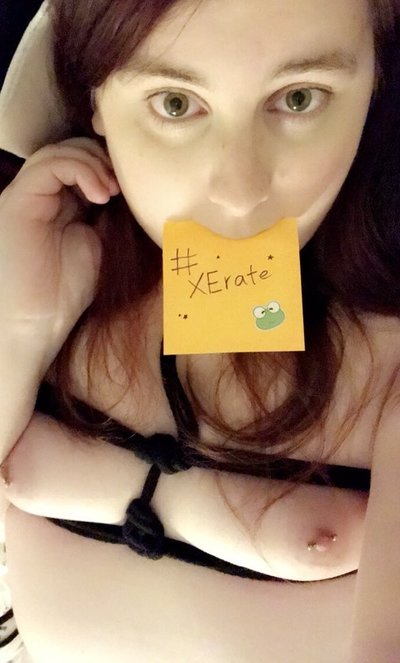
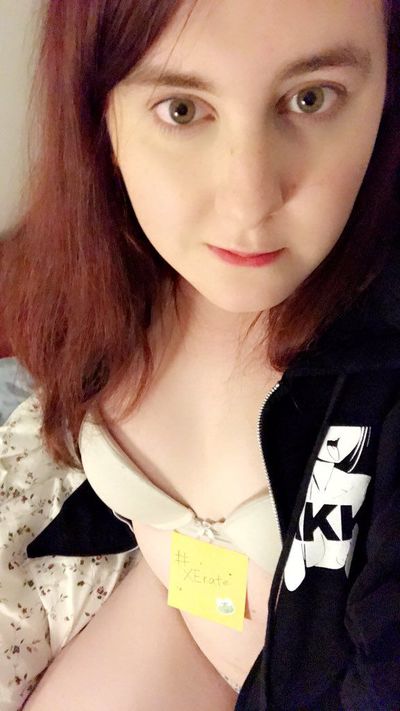


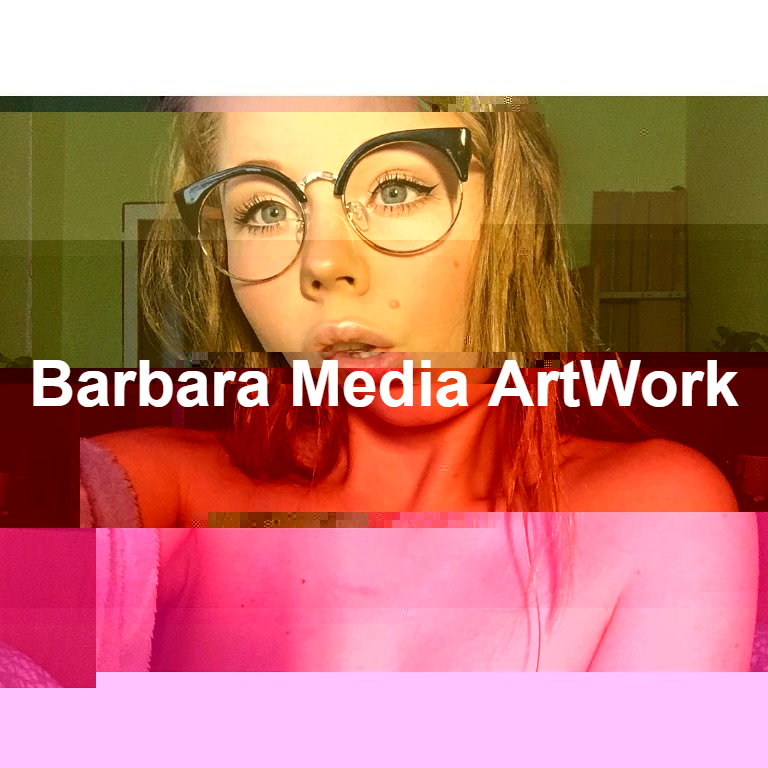
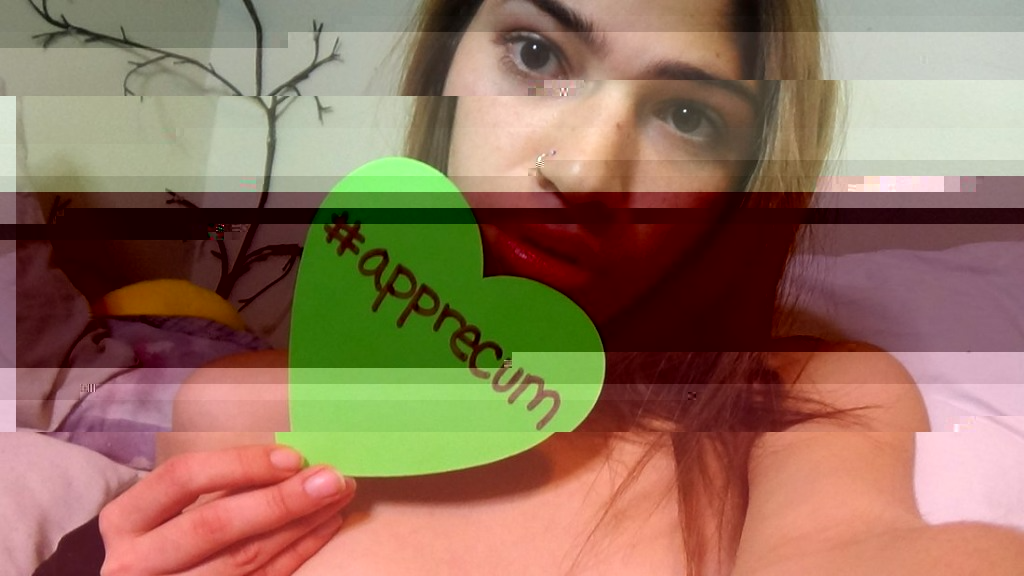
 RSS Feed
RSS Feed